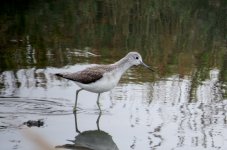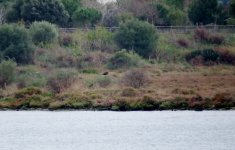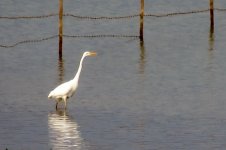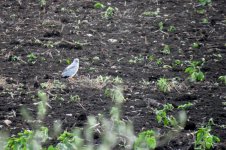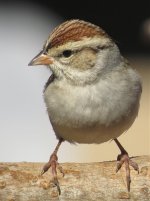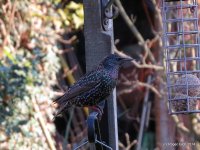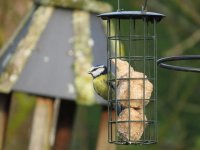Roy C
Occasional bird snapper
When I had a SX50 (and SX40) I found the exact opposite - using the LCD you have to hold the Camera away from your body thus increasing the chance of blurring the shot due to Camera Movement. When you shoot via the Viewfinder you can hold the lens/Camera correctly (tucking your arm in) to avoid Camera shake. I guess a lot of this comes down to if you are used to shooting long lenses with a DSLR, if so then I cannot see how anyone could possible use the LCD for their shots. For folks that are only used to Point & shoot Cams they probably find it more comfortable using the LCD.I almost never use the viewfinder with the sx50. I've tried but it's just so much easier to use the LCD on the back of the camera, for all shots.
Yes the viewfinder on the SX50 (and most other point & shoot type Cameras) is very poor compared to a DSLR but for avoiding Camera shake when hand holding if your are shooting at the long end and especially if you are using one of the built-in tc's it is absolutely necessary.
Josh, I have had a look at some of your shots and although they are very nice they are mostly fairly soft IMHO - I am sure if you used the viewfinder and developed a hand holding technique you could get them a lot sharper.
Just my 2p's worth.
Last edited:





